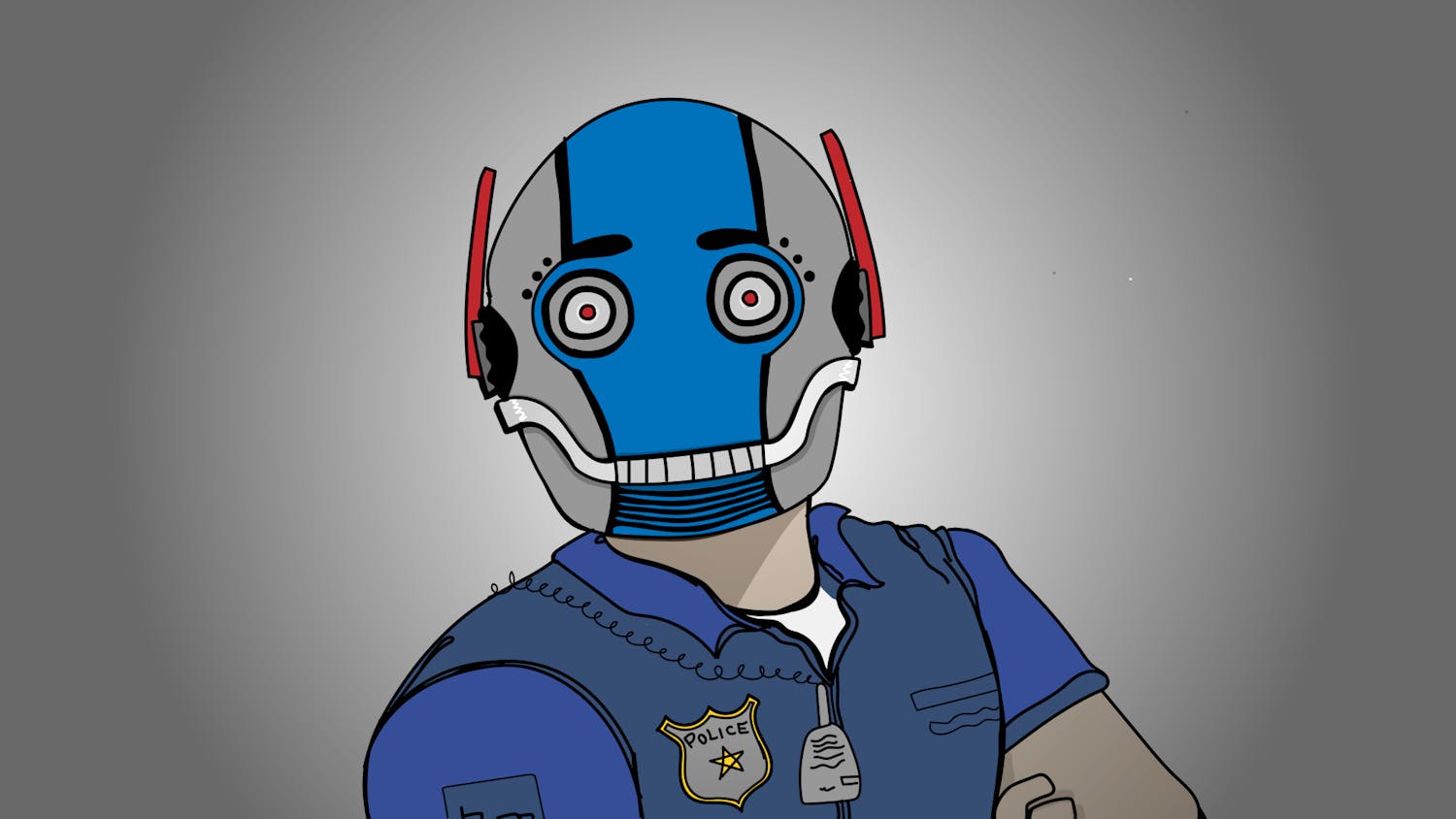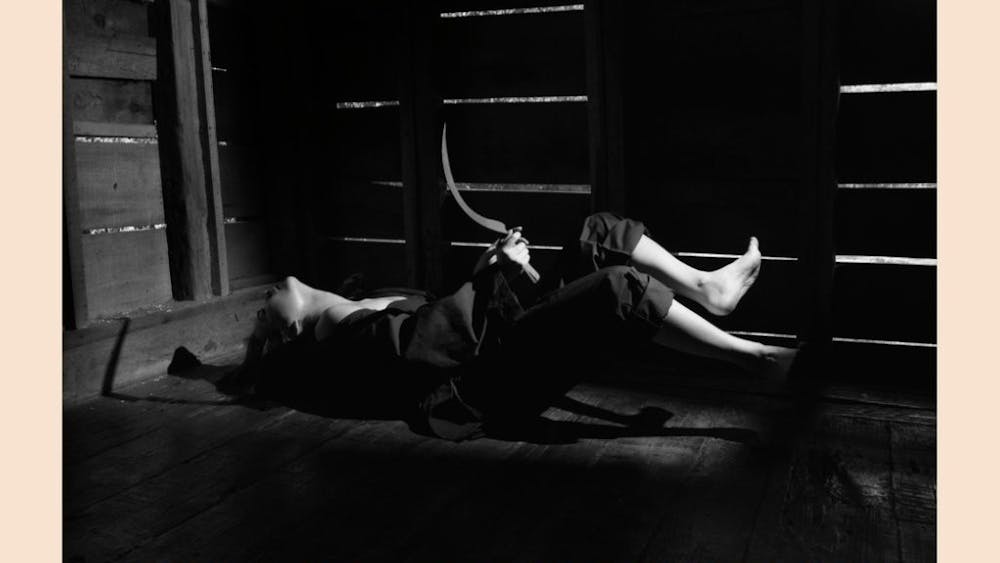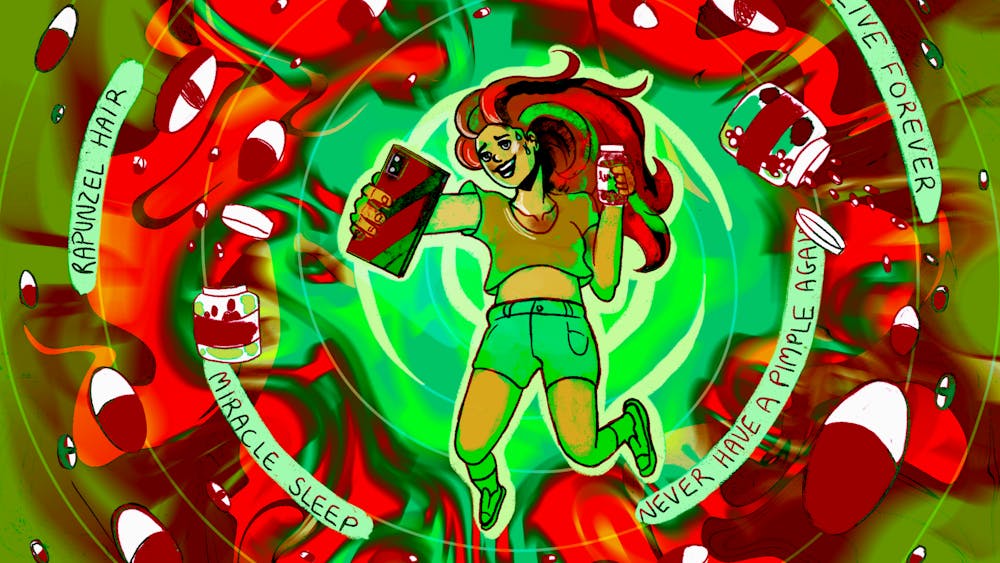Before I started studying journalism, the extent of my knowledge about biased reporting was pretty limited.
I knew the basics: Fox News Channel is heinously Republican, and MSNBC leans a little too far to the left. But, as I took more classes and read a wider variety of news sources, I started to realize just how surreptitious opinion-ridden journalism can be.
Editorializing stretches beyond employing colorful adjectives to insert a point of view — it can be as subtle as saying “pro-choice and anti-choice” rather than saying “pro-choice and pro-life.” Pro-war opinions are often manifested through labeling as well by, for example, referring to the war as “The War on Terror” instead of “The War in Afghanistan.”
It’s understandable for the government to issue statements referring to the war in a manner that builds support for its agenda, but the media should stick to describing it geographically, not politically, as it has usually been done in the past.
Often times editorializing doesn’t involve language at all. A decision as simple as choosing not to interview someone can misrepresent the story by cutting out a side that might be essential to covering the issue. While it’s impossible to interview everyone related to the story, especially on expansive issues like health care or war, a good journalist identifies each perspective and chooses a qualified person to represent each one.
Unfortunately, I’ve seen a number of stories, more so in broadcast journalism than in print, that don’t follow those guidelines whatsoever.
The conclusion is another place where the writer must tread carefully to avoid editorializing. While reading an article on one of my favorite news Web sites a few months ago, I noticed that the story wrapped up with a quote from one of the two opposing sides of the issue. I felt slightly displeased when I read that because it seemed to indicate that the end quote summarized the issue and the sentiments of everyone involved, which was, in fact, not the case.
In general, I believe the conclusion is at more risk for bias than the other sections of a story because of the fact that a conclusion is a note of finality. It can leave a sweet or bitter taste in the reader’s mouth, but the point is that it leaves a taste of some sort. It makes an impression on readers, hinting to them about what they should think and feel about the topic at hand. It inaccurately implies that the rest of the world already holds that opinion and that this reader needs to jump on board.
Luckily, this is an opinion column in which I can end my piece with a completely editorialized conclusion without an ounce of guilt. With that said, I urge other consumers of news to read between the lines and not be fooled by the covert tactics of some of the lazy and/or biased journalists who comprise our media.
E-mail: pkansal@indiana.edu
Too much bias between the lines
Get stories like this in your inbox
Subscribe





